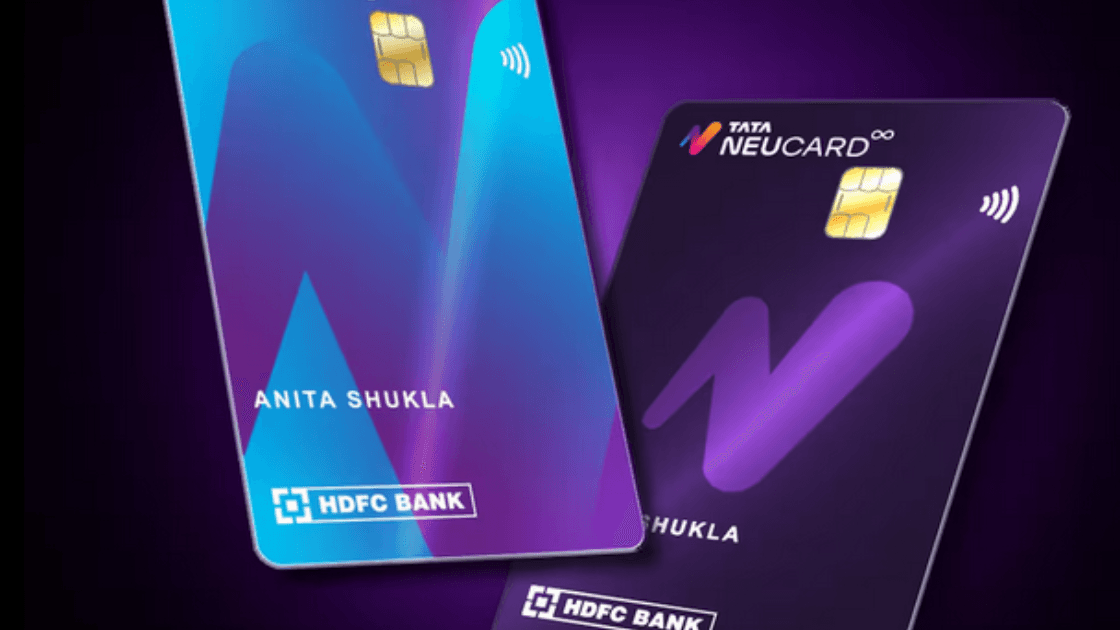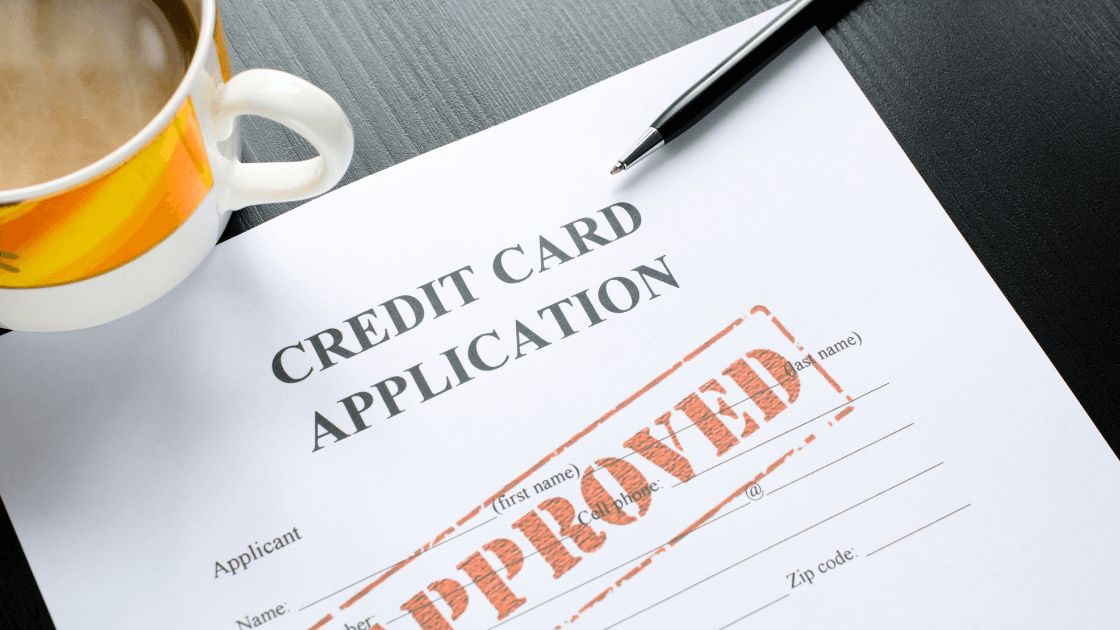
Cards
•05 min read

Ever checked your credit card statement and wondered what "current outstanding" really means? You're not alone. In your day-to-day financial management, this term plays a key role in helping you understand the total amount owed on your credit card. In this article, we break down what current outstanding means and how it impacts your financial journey, making it easier for you to manage your credit card balances.
The term "current outstanding" refers to the total amount that you owe on your credit card. This includes not only your purchases but also any cash advances, fees, and the interest accrued on unpaid amounts. Unlike the statement balance, which is a snapshot of your charges during a specific billing cycle, current outstanding is dynamic. It keeps changing with every transaction you make or payment you process. Understanding this continuously updated figure is crucial because it gives you a real-time picture of your debt.
Many people confuse current outstanding with other credit-related terms. For example, if you come across a phrase like "current outstanding meaning in credit card is negative," it typically means that you have made an overpayment, and your card shows a negative balance. There are also regional nuances. Some users search for "current outstanding meaning in Hindi," where the translation and contextual explanation can help in understanding the term better. Similarly, terms like "current outstanding meaning in credit card, Tata Neu, HDFC Bank Credit Card" may appear in regional discussions, but the core concept remains the same across all cards.
Knowing what your current outstanding balance is helps you plan your finances better. It is crucial to track this figure regularly for budgeting, as it directly impacts your credit utilization ratio and ultimately your credit score. By keeping a close eye on this number, you can avoid over-limit fees and ensure that you are not accumulating interest on high balances. Staying informed about your current outstanding balance empowers you to take proactive steps in managing your debt responsibly.
The calculation of your current outstanding balance involves several components. It largely starts with the purchases you have made during the billing cycle. Additionally, any cash advances or balance transfers are added to this figure. Further, fees such as annual fees or late payment fees contribute to the overall amount. Interest accrued on any unpaid balance is also included. Finally, any payments or credits that have been applied to your account are subtracted from the total. The result is the current outstanding balance, a figure that updates with every financial move on your card.
Consider a simple example: imagine you start with a balance of ₹10,000. If you make additional purchases of ₹5,000 and then make a payment of ₹3,000, your current outstanding balance would be ₹12,000. In some cases, if you have paid more than your due amount, you might see a negative current outstanding balance on your statement. This is a clear example of how understanding the calculation can help you track whether you owe money or have a credit balance in your account.
While the fundamentals of calculating the current outstanding balance remain consistent, different banks may present this information slightly differently. Whether you are looking up details on a Tata Neu HDFC Bank Credit Card, the calculation process is similar. Being aware of any specific nuances in how your bank displays this information can help you make accurate financial decisions.

A high current outstanding balance can have a negative impact on your credit score. This is because credit scoring often looks into the credit utilization ratio, which is the proportion of your credit limit that you are using. By keeping your outstanding balance low, you show that you can manage your credit efficiently, which in turn helps maintain a healthy credit score.
Unpaid outstanding balances often lead to the accumulation of interest. As interest keeps compounding on whatever amount remains unpaid, the cost of borrowing increases over time. To avoid this, it is advisable to pay off the full balance each month. This practice not only saves you money in the long run but also keeps your debt levels in check.
Keeping track of your current outstanding balance is an essential part of sound budgeting and financial planning. By consistently monitoring your balance, you can adjust your spending habits and prevent overspending. When you know exactly how much you owe, you are better positioned to allocate funds appropriately, thus avoiding any unexpected financial strain.
Effective management is key to keeping your current outstanding balance under control. One of the best tips is to try and pay your entire balance each month. This helps in avoiding additional interest charges. Additionally, you might consider setting up alerts for due dates or when your balance nears your credit limit. Using budgeting tools can also assist in planning out your monthly expenses, ensuring you allocate sufficient funds for your credit card payments.
In cases where your balance is higher than expected, paying more than the minimum due can significantly reduce your debt faster. It is important to prioritize high-interest debt as well. Although balance transfer cards can sometimes be a helpful tool in managing debt, it is important to use them with caution and full awareness of the applicable terms and conditions. Seeking professional financial guidance can provide further insights tailored to your situation.
Relying solely on the minimum payment is a common mistake that can prolong your debt repayments and result in higher interest costs. Ignoring your outstanding balances may lead to late fees and even potential suspension of your card services. It is always wise to keep a close watch on your financial obligations to avoid these pitfalls.
While the current outstanding balance is a dynamic figure that reflects real-time transactions, the statement balance is a fixed amount determined at the end of a billing cycle. The statement balance shows the total owed based on the specific period covered by the bill.
-ed507771-df04-4fb3-9af5-bae11cb611a6.png&w=3840&q=75)
Paying the statement balance in full typically helps avoid late fees, but it might not account for transactions made after the billing cycle, which can affect your current outstanding balance. Understanding both figures is crucial, especially when planning payments to avoid interest. Recognizing the timing differences between these amounts can help you better manage your financial responsibilities.
Aspect | Current Outstanding | Statement Balance |
|---|---|---|
Definition | Dynamic, includes recent transactions | Static covers billing cycle transactions |
Impact on Interest | Accrues interest if unpaid | No interest if fully paid |
Payment Recommendation | Pay in full to avoid interest | Pay in full to avoid late fees |
The current outstanding refers to the total amount you owe on your credit card, including purchases, fees, and interest accrued.
A negative current outstanding indicates an overpayment, meaning your credit card issuer owes you money.
A high outstanding balance can negatively impact your credit score by increasing your credit utilization ratio.
Reducing your outstanding balance can be achieved by paying more than the minimum due, prioritizing high-interest debt, and using strategies like balance transfers responsibly.
It is calculated by adding your purchases, cash advances, fees, and interest, then subtracting any payments or credits applied to your account.
Understanding the current outstanding balance on your credit card is crucial for effective financial management. This dynamic figure includes all recent transactions and gives you a real-time picture of your debt. By knowing how it is calculated and keeping track of it, you can better control your spending, avoid unnecessary fees, and maintain a healthy credit score. Embracing proactive strategies such as paying in full each month and planning your budget can lead you on the path to financial empowerment. Mastering your credit card balances is a key step toward ensuring a stable and confident financial future.